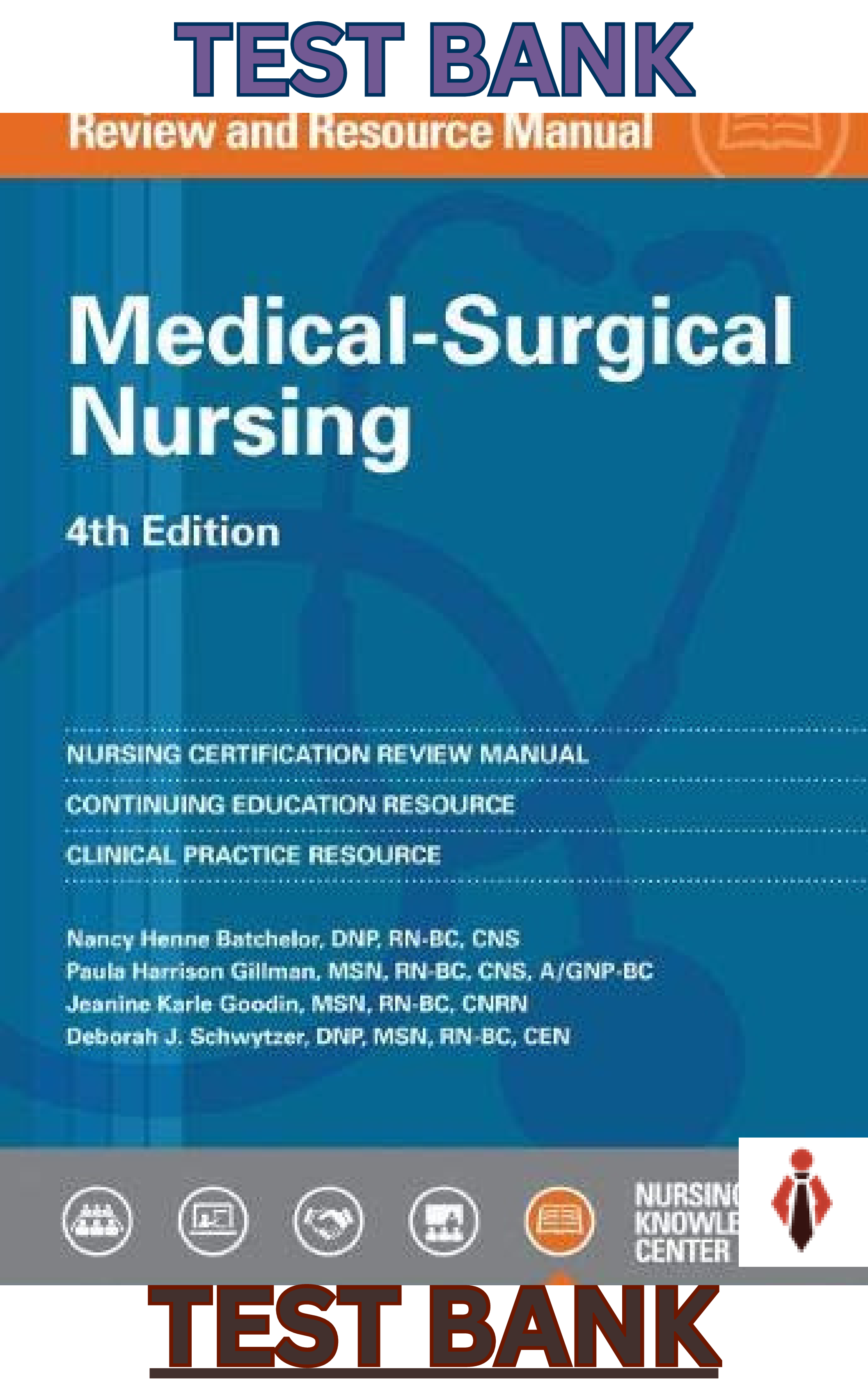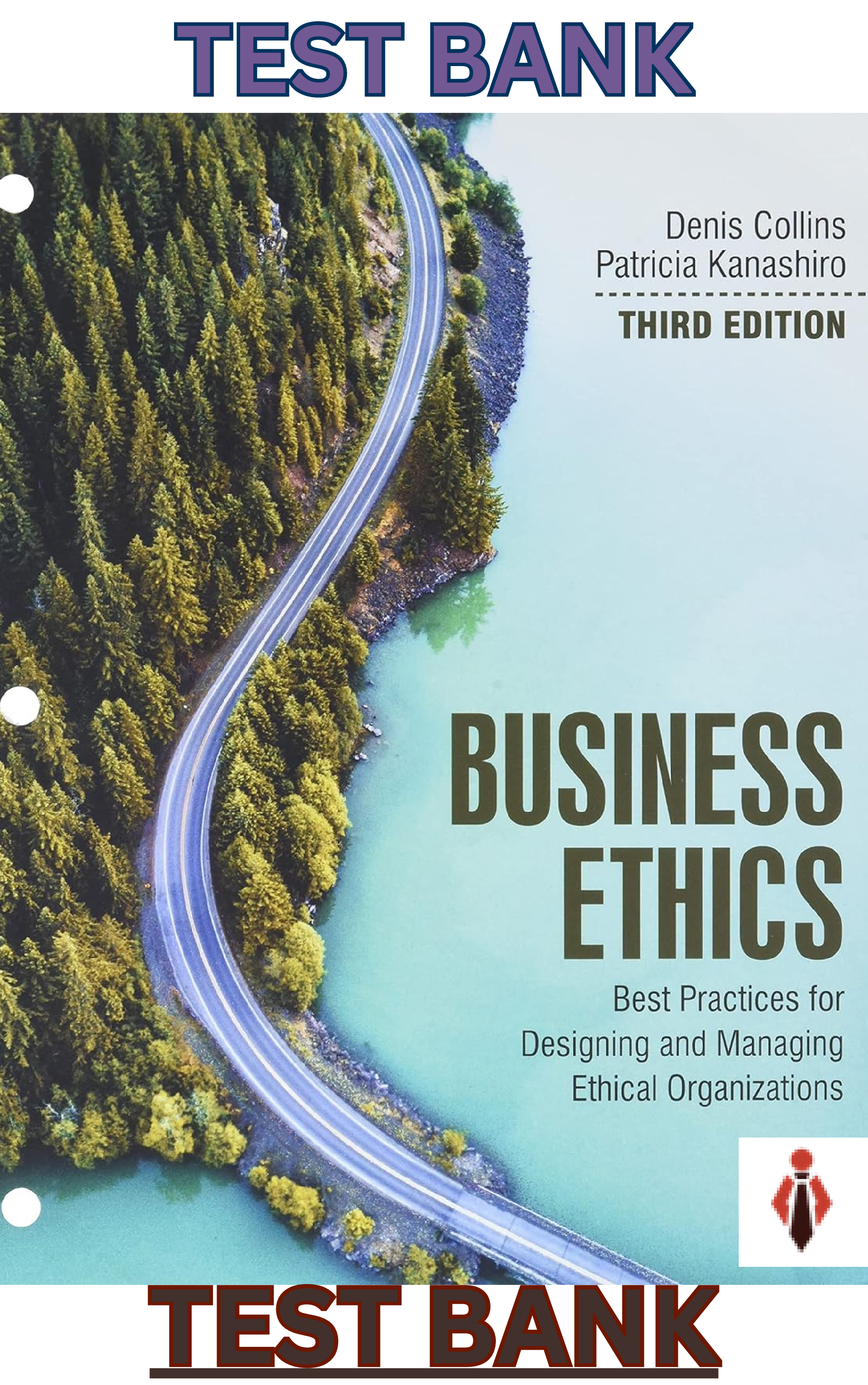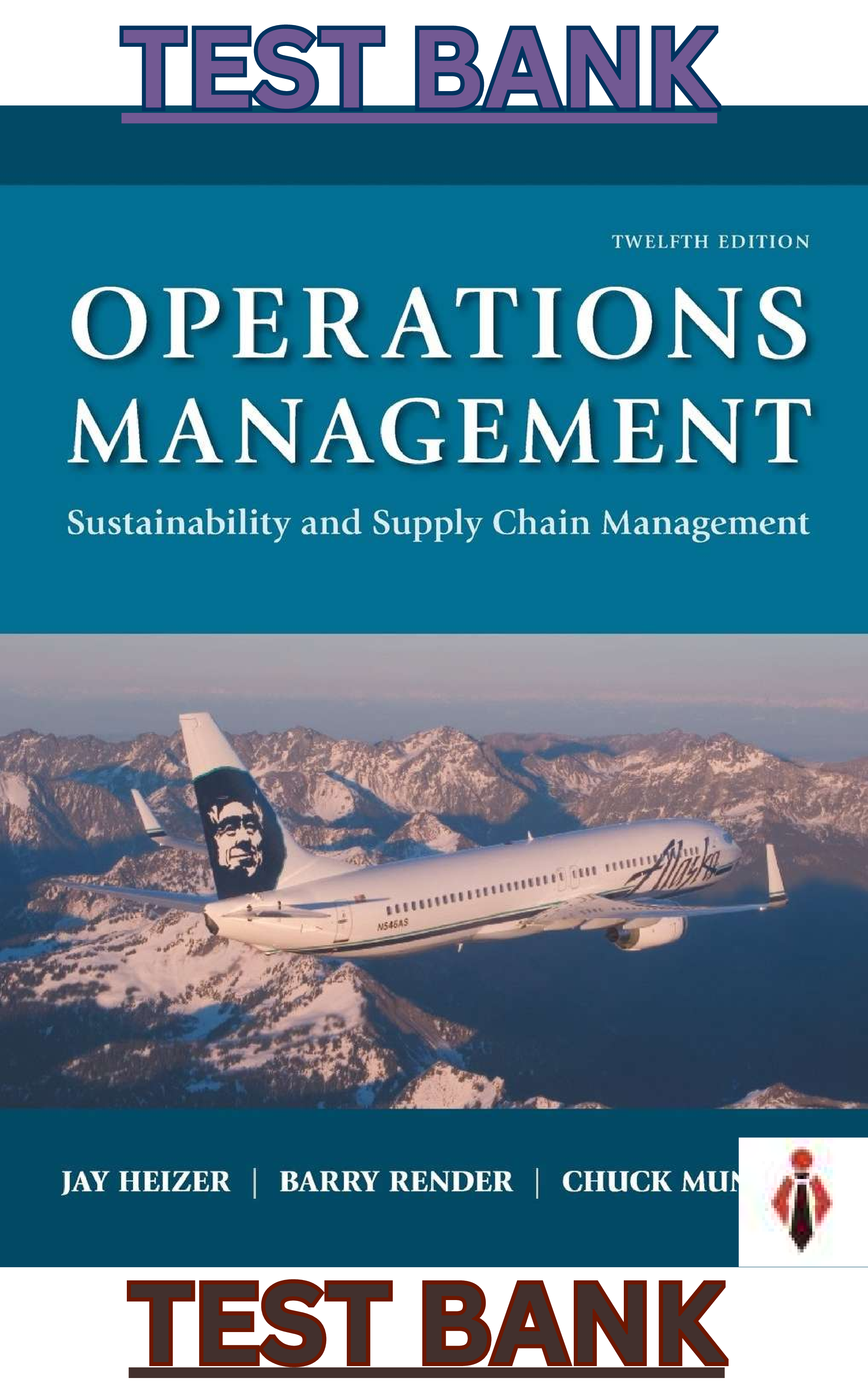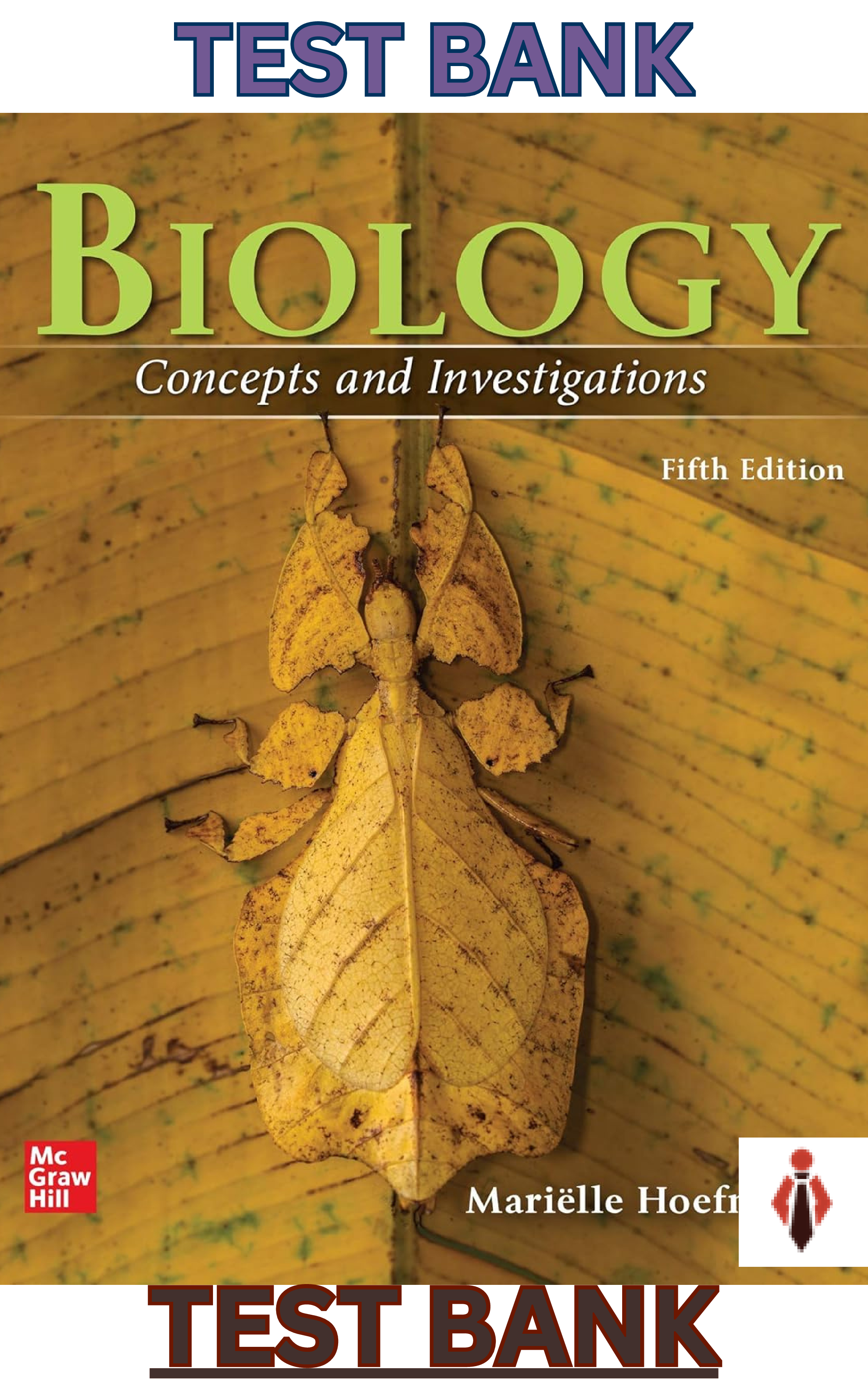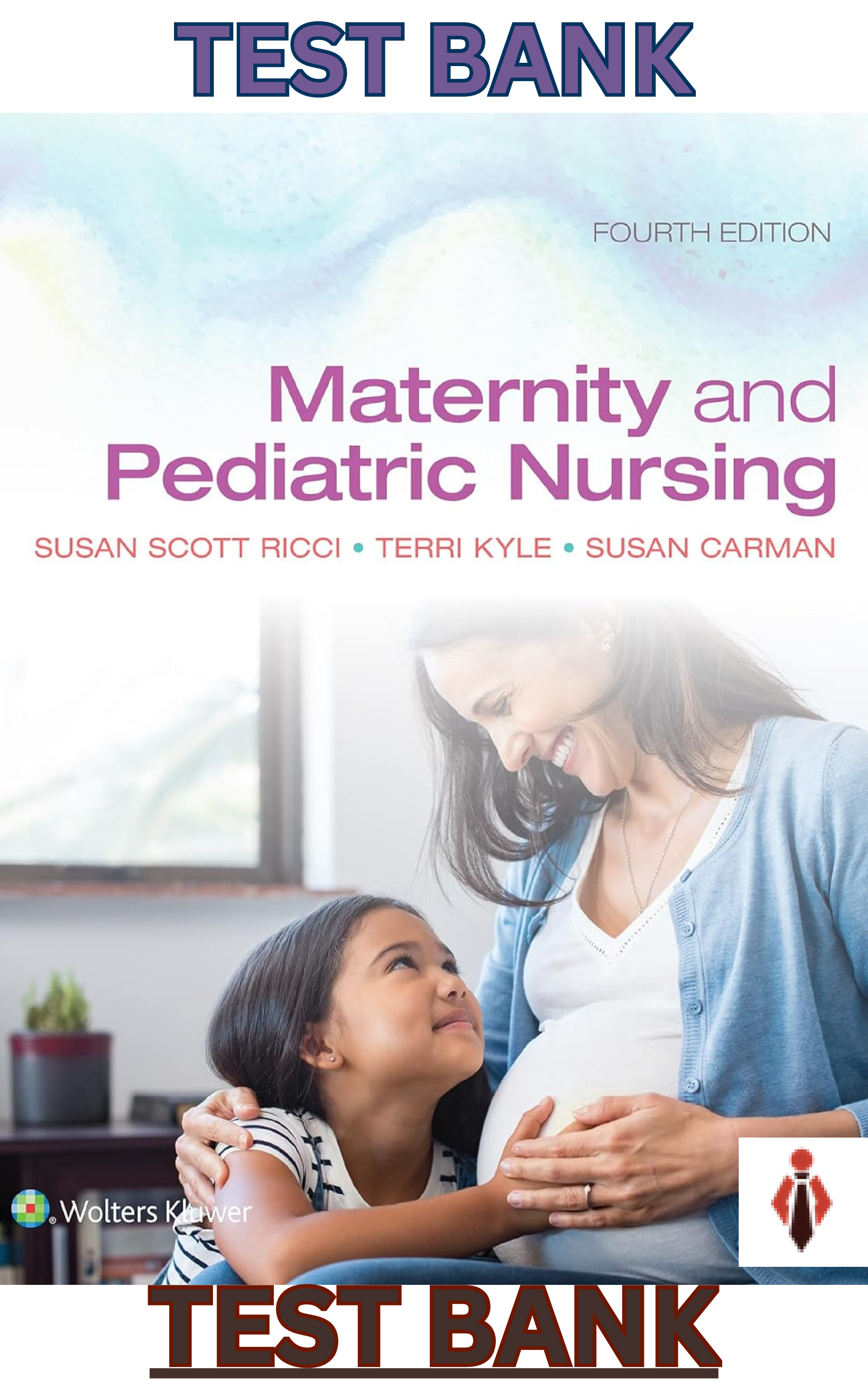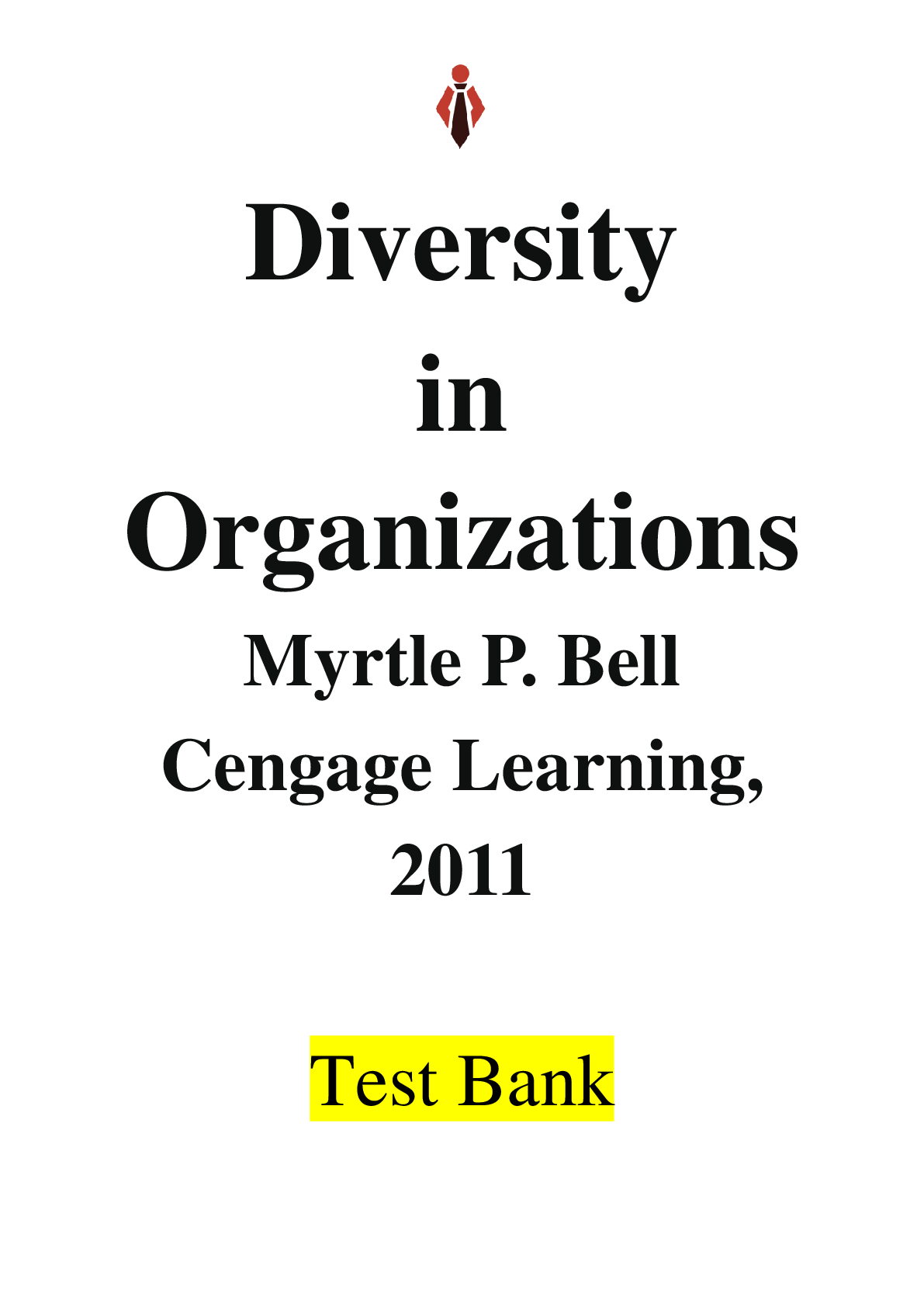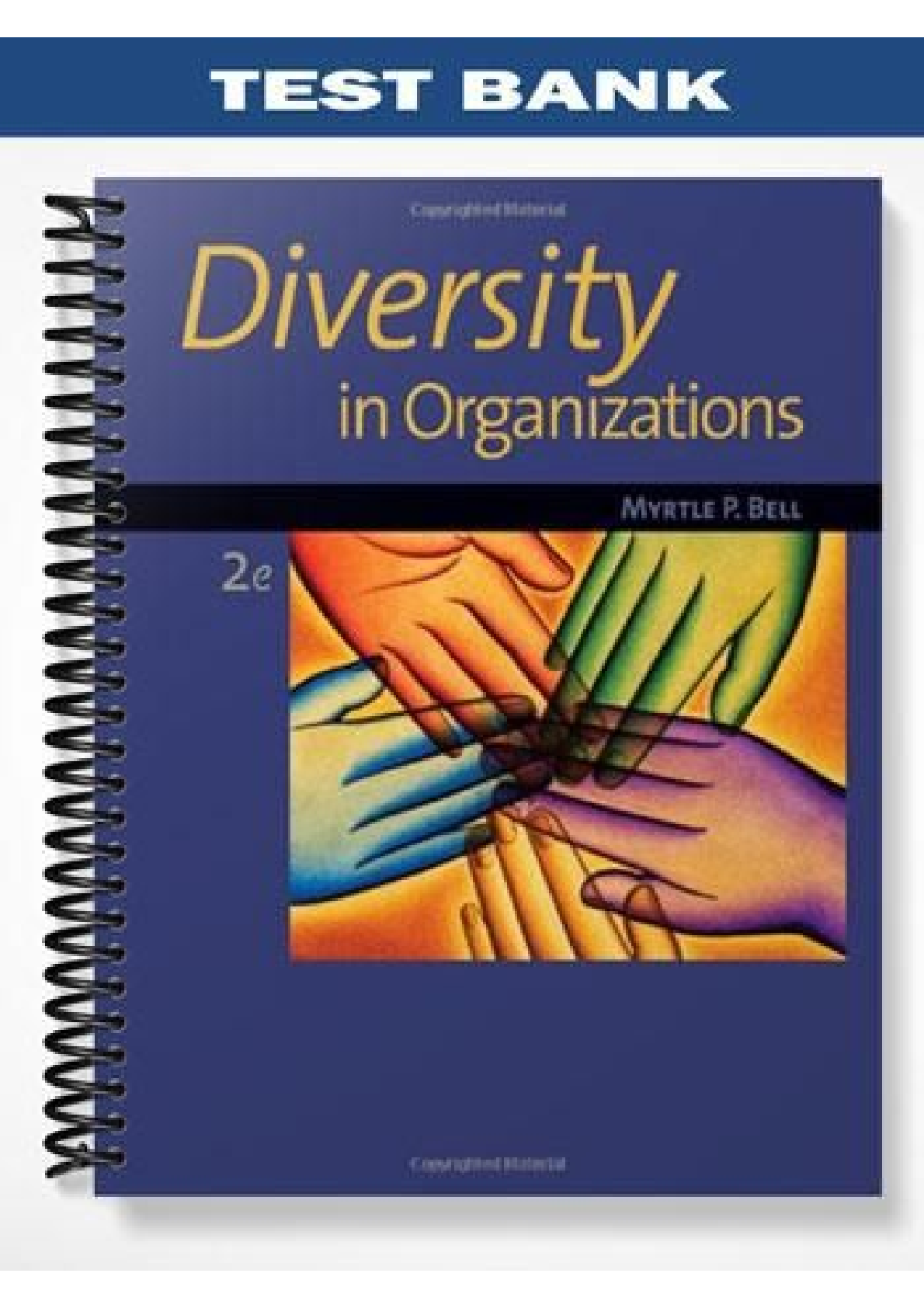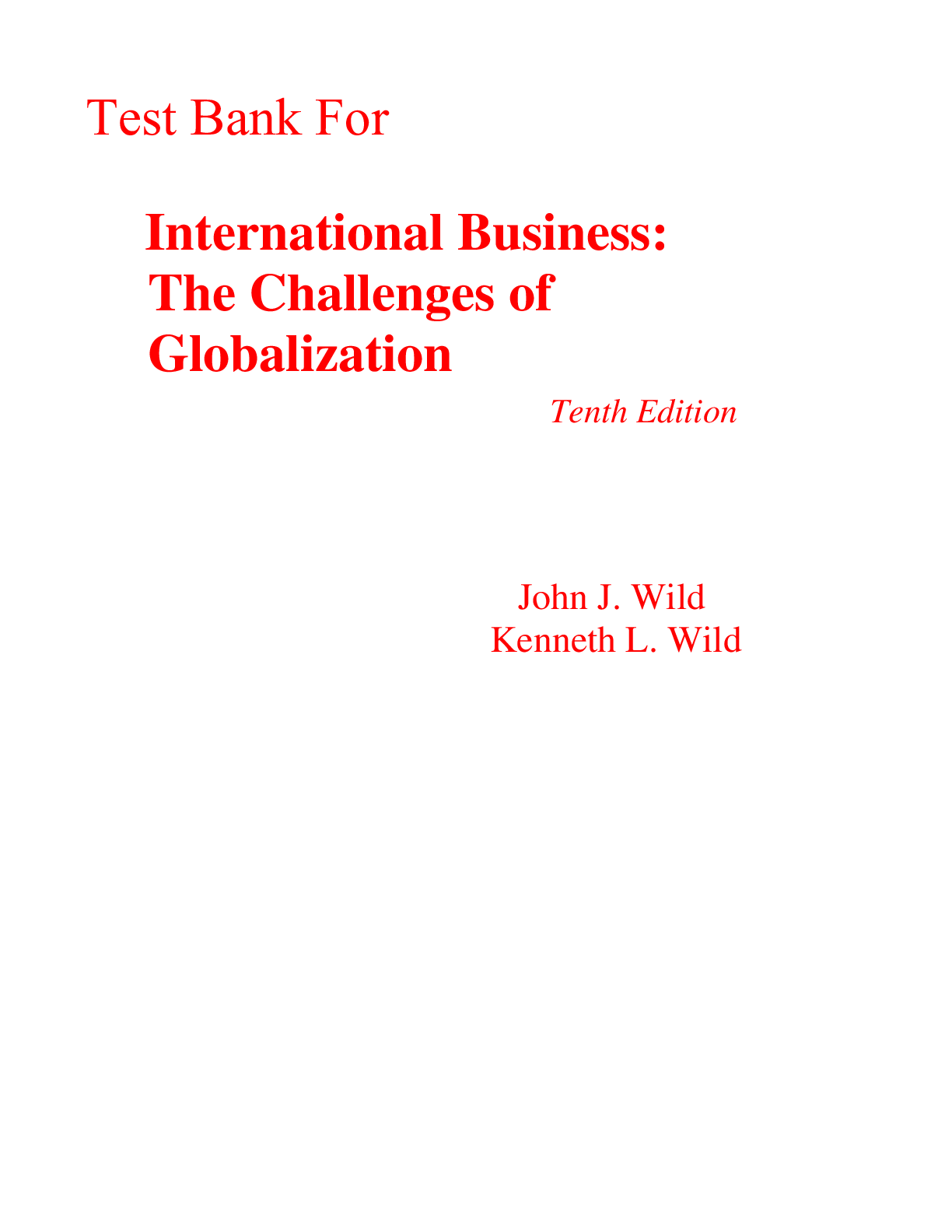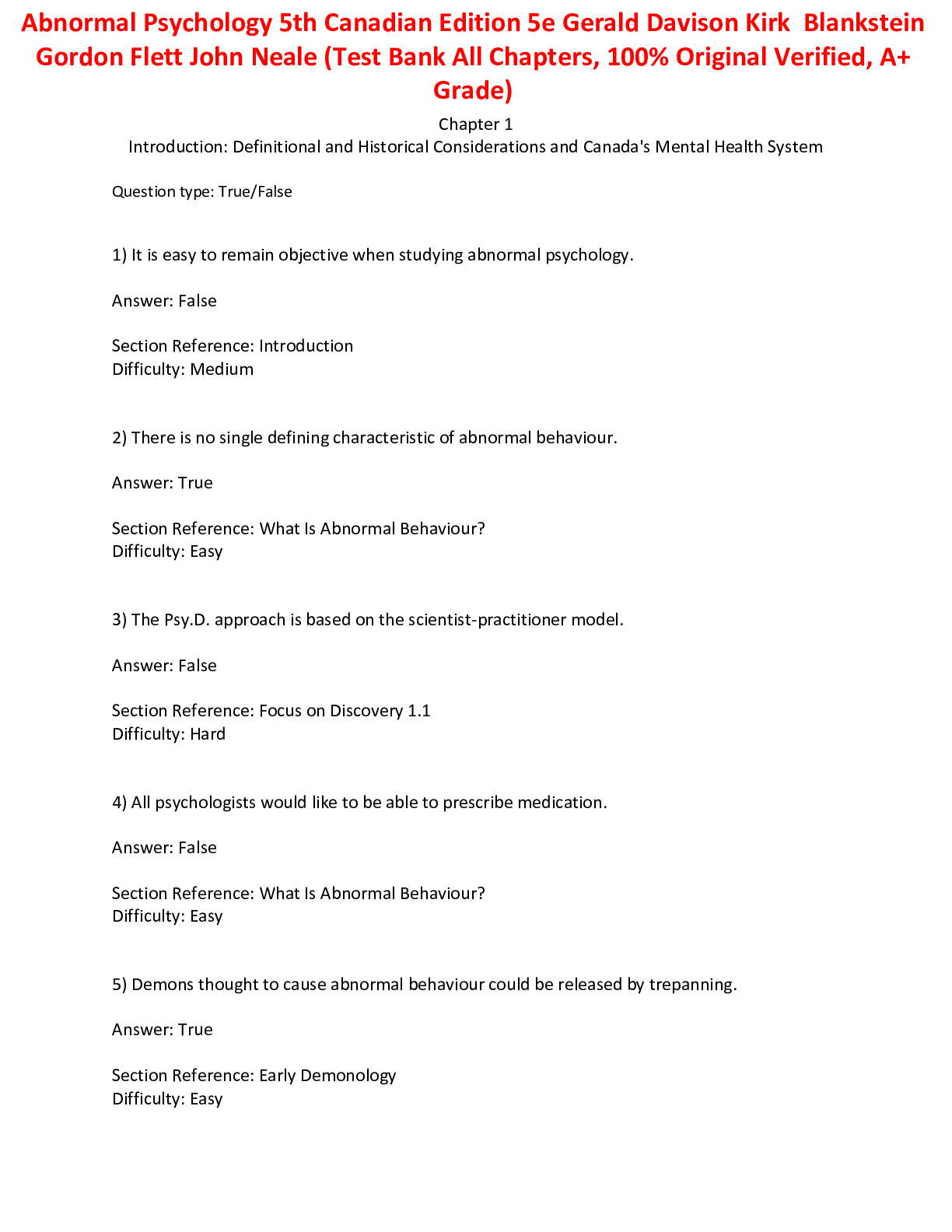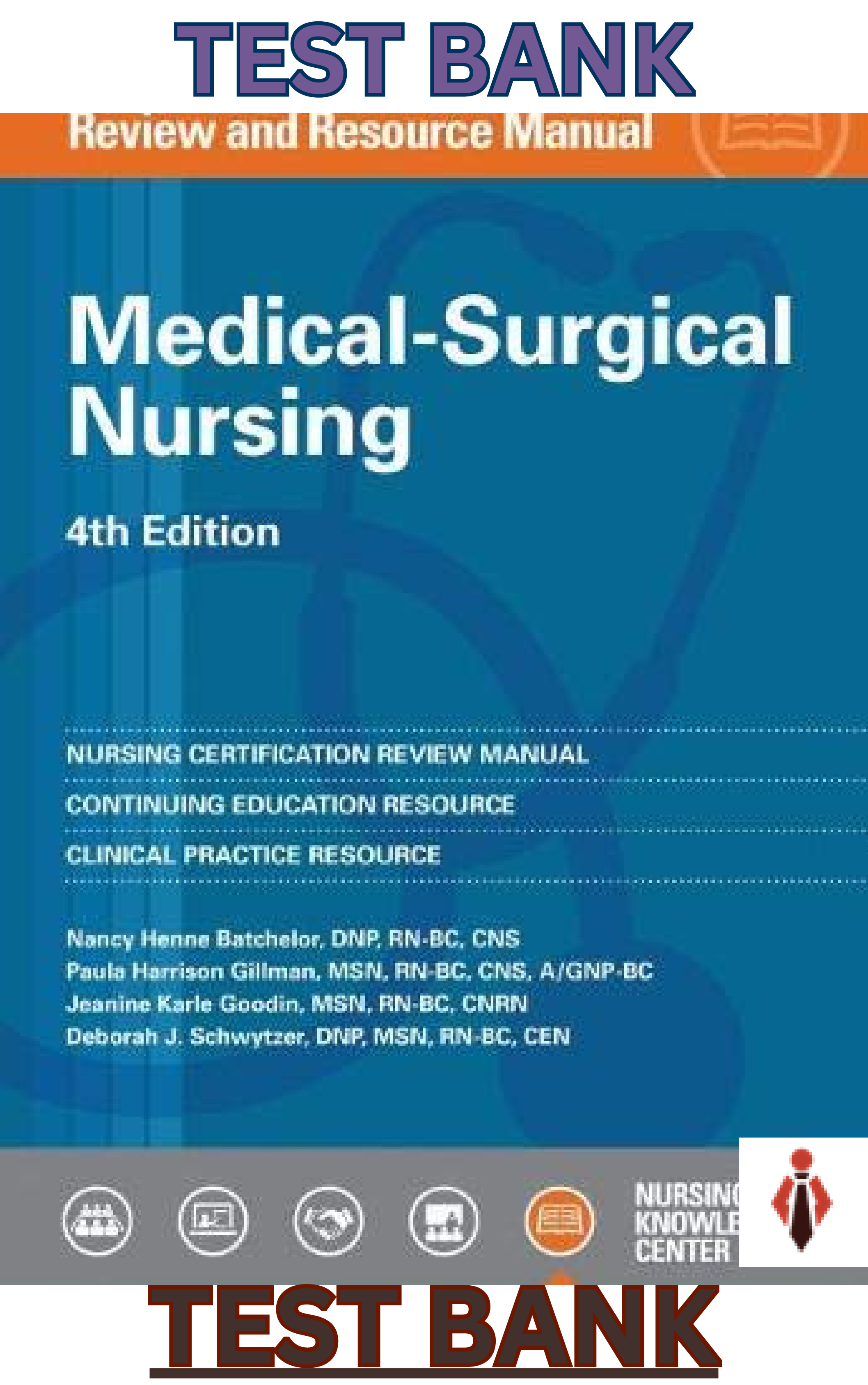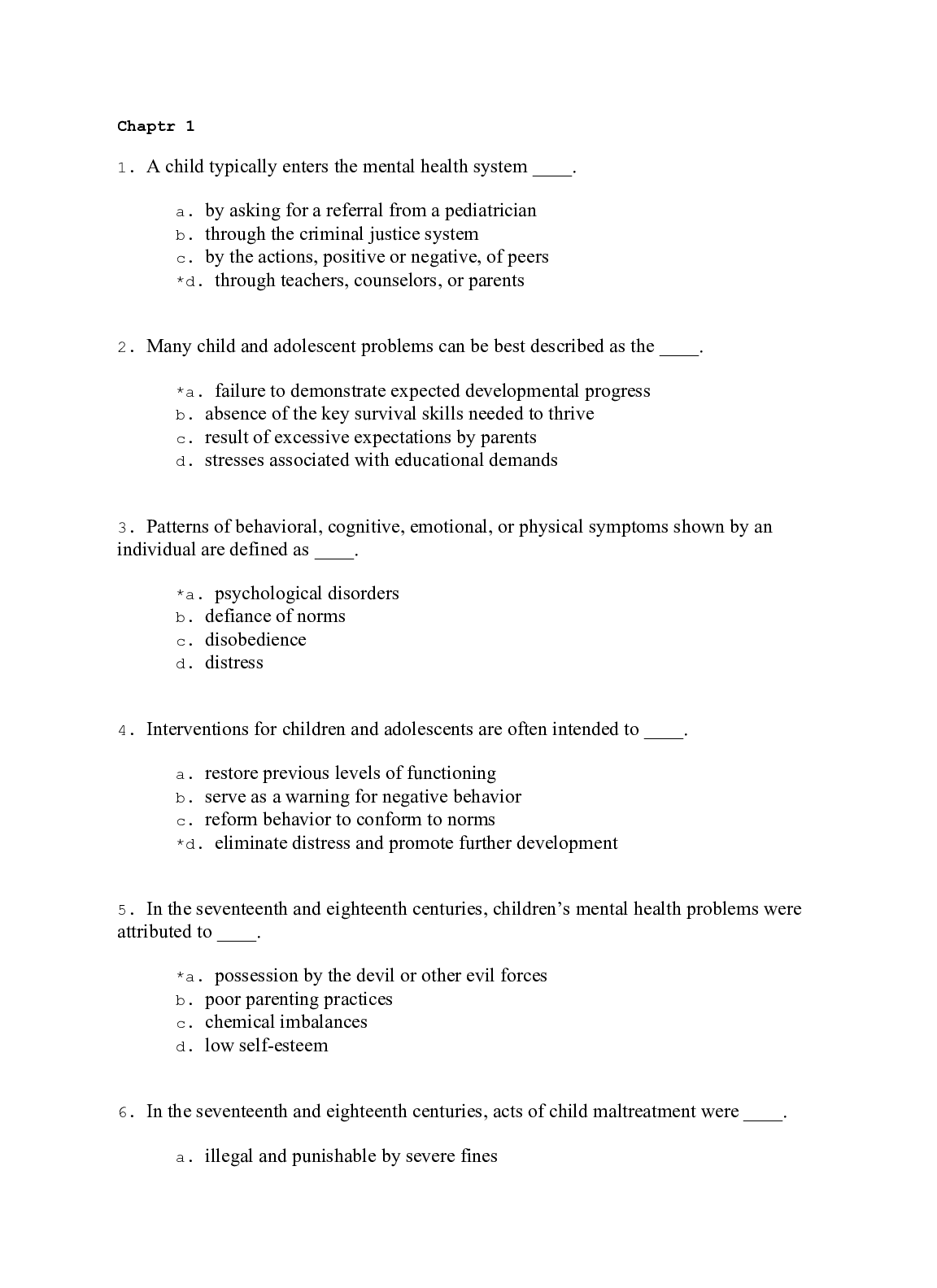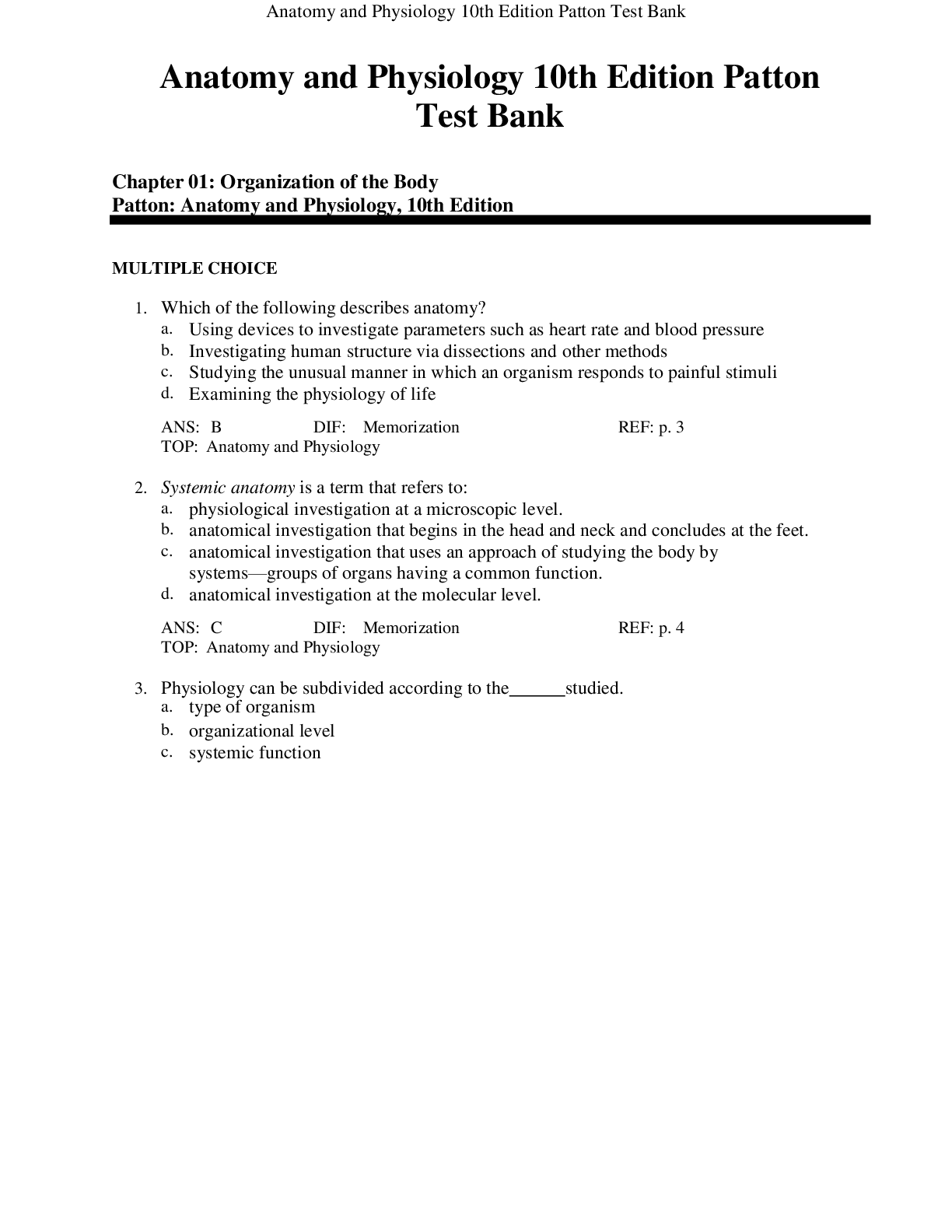Management > TEST BANK > Diversity in Organizations 2nd Edition - by Myrtle P. Bell-|Instructors Manual |Testbank| Reviewed/U (All)
Diversity in Organizations 2nd Edition - by Myrtle P. Bell-|Instructors Manual |Testbank| Reviewed/Updated for 2021
Document Content and Description Below
The Test bank borrows from the elaborated text book fielding questions specially tailored to the text book topics to equip the student with what questions to expect in the quiz’s tests and exams. D... IVERSITY IN ORGANIZATIONS is a comprehensive research-based text that will guide you through both the basics and details of the field. In-depth explorations of topics ranging from why diversity is important to how to become a diversity friendly employer provide practical information. You will also learn how to become a diversity-friendly employer, include workers often devalued, and how both dominant and non-dominant group members can work to effect change. According to Cox and Blake, valuing diversity can benefit organizations in which of the following areas? A. Cost, resource acquisition, marketing, creativity, problem solving, and system flexibility. B. Cost, financial remuneration, accounting, creativity, problem configuration, and system flexibility. C. Organizational commitment, marketing, accounting, creativity, problem configuration, and financial stability. D. Organizational commitment, advertising, creativity, problem configuration, and financial stability. E. None of the abovThe term “ethnicity” refers to A. differences between Hispanics and Asians. B. a shared national origin or cultural heritage among people. C. biological differences identifiable by scientists. D. race E. All of the aboveIn their 1987 research on the changes that would occur in the nature of work and in the demographic background of workers in the 21st century, Johnston and Packer stated that A. by the year 2000, 85% of the workforce would be women and minorities. B. by the year 2000, 65% of the workforce would be women and minorities. C. by the year 2000, 85% of the net new entrants to the workforce would be women and minorities. D. by the year 2000, White men would be a very small minority of the workforce. E. None of the aboveAccording to the text, which of the following statements is true of the demographic makeup of the workforce? A. Blacks are about 25% of the workforce. 2 B. Whites are about 50% of the workforce. C. Whites are about 75% of the workforce. D. Whites are about 90% of the workforce. E. The representation of Hispanics in the workforce is decliningAmong the costs associated with doing a poor job of integrating workers from various backgrounds is A. exit interviews. B. lost productivity while positions are unfilled. C. recruiting costs. D. A, B, and C above. E. A and C only above [Show More]
Last updated: 1 year ago
Preview 1 out of 102 pages
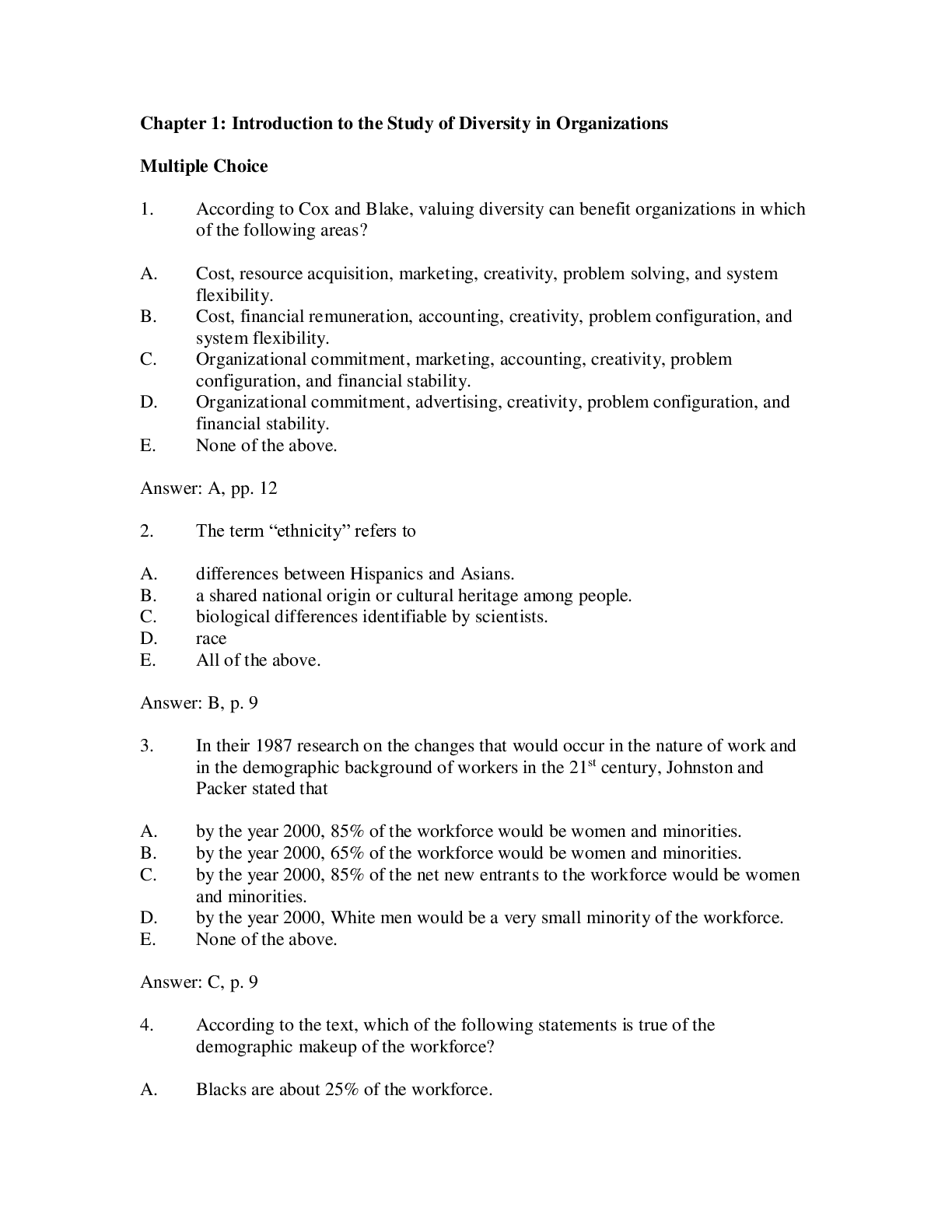
Reviews( 0 )
Document information
Connected school, study & course
About the document
Uploaded On
Aug 26, 2021
Number of pages
102
Written in
Additional information
This document has been written for:
Uploaded
Aug 26, 2021
Downloads
0
Views
39


